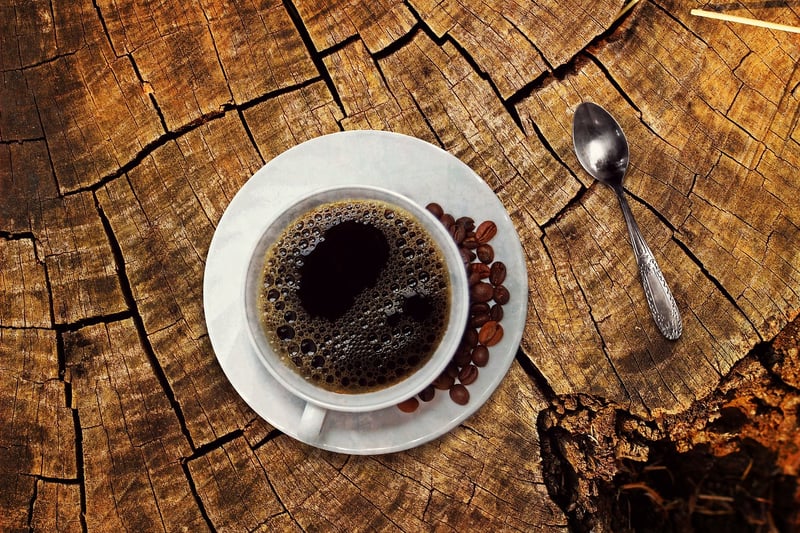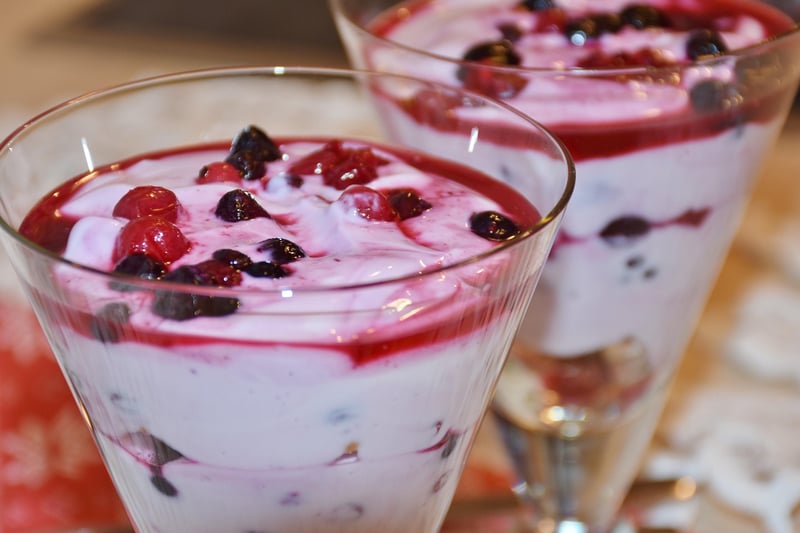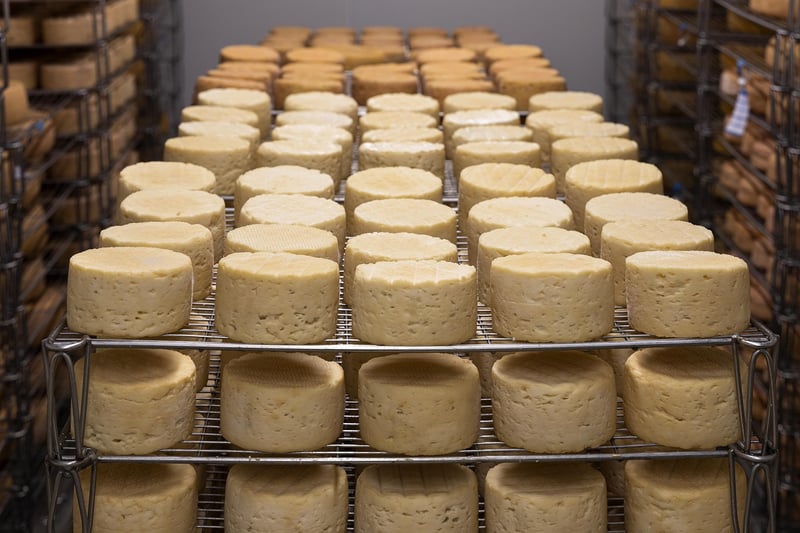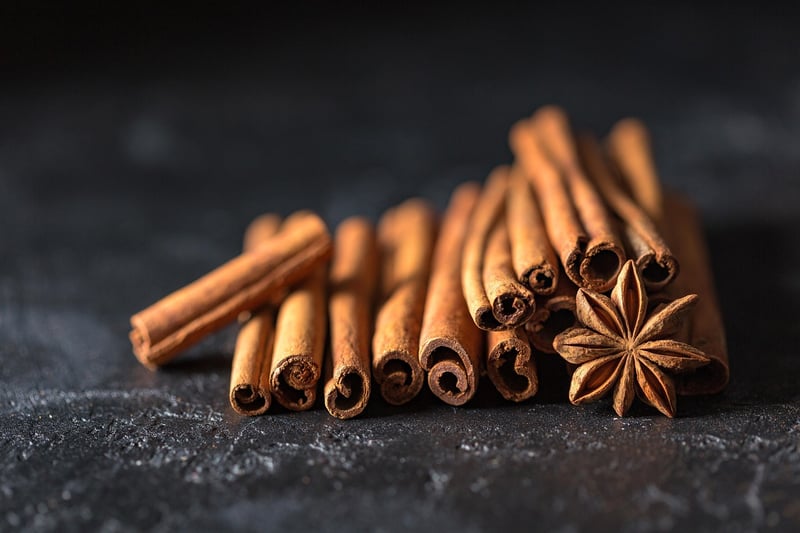Flavor Chemistry
The Science of Flavor Chemistry: Understanding Food at a Molecular Level
Food is not just a combination of ingredients; it is a complex interplay of flavors that tantalize our taste buds. Have you ever wondered what makes a ripe strawberry taste so sweet or a perfectly cooked steak so savory? The answer lies in the fascinating world of flavor chemistry, where molecules dictate the taste and aroma of the foods we love.
What is Flavor Chemistry?
Flavor chemistry is the study of the compounds responsible for the taste and aroma of food. These compounds interact with our taste buds and olfactory receptors to create the sensory experience we perceive as flavor. Understanding flavor chemistry allows food scientists and chefs to create unique and delicious dishes by manipulating these compounds.
Key Players in Flavor Chemistry
- Volatiles: Volatile compounds are responsible for the aroma of food. These compounds evaporate easily and contribute to the overall flavor experience.
- Non-volatiles: Non-volatile compounds are responsible for taste. These compounds interact with our taste buds to create sensations like sweet, sour, salty, bitter, and umami.
- Mouthfeel compounds: Mouthfeel compounds influence the texture and physical sensation of food in the mouth, such as creaminess, crispness, or astringency.
Impact of Cooking on Flavor
Cooking is not just about applying heat; it is a chemical process that transforms the flavor compounds in food. Maillard reaction, caramelization, and other processes create new flavor compounds that enhance the taste of dishes. Understanding the science behind cooking can help chefs optimize flavors and create mouth-watering meals.
Exploring Flavor Chemistry in Everyday Foods
Let's take a closer look at some common foods and the key flavor compounds that make them so delicious:
1. Coffee
Coffee owes its rich aroma to compounds like furans and pyrazines, while its bitterness comes from chlorogenic acids. Roasting coffee beans creates hundreds of volatile compounds that contribute to its complex flavor profile.

2. Chocolate
The irresistible taste of chocolate is due to compounds like theobromine and phenylethylamine. The roasting and conching processes in chocolate production develop its smooth texture and rich flavor.

3. Cheese
Cheese gets its savory umami flavor from compounds like glutamate and nucleotides. Aging cheese allows enzymes and bacteria to break down proteins and fats, creating complex flavors and aromas.

The Art and Science of Flavor Creation
By delving into the world of flavor chemistry, we gain a deeper appreciation for the foods we enjoy. Whether you're a food enthusiast, a chef, or a scientist, understanding food at a molecular level can unlock a world of culinary possibilities and elevate your dining experience.
Next time you savor a delicious meal, take a moment to appreciate the intricate dance of molecules that create its unique flavor profile.
Embrace the science of flavor chemistry and embark on a sensory journey through the remarkable world of food!
